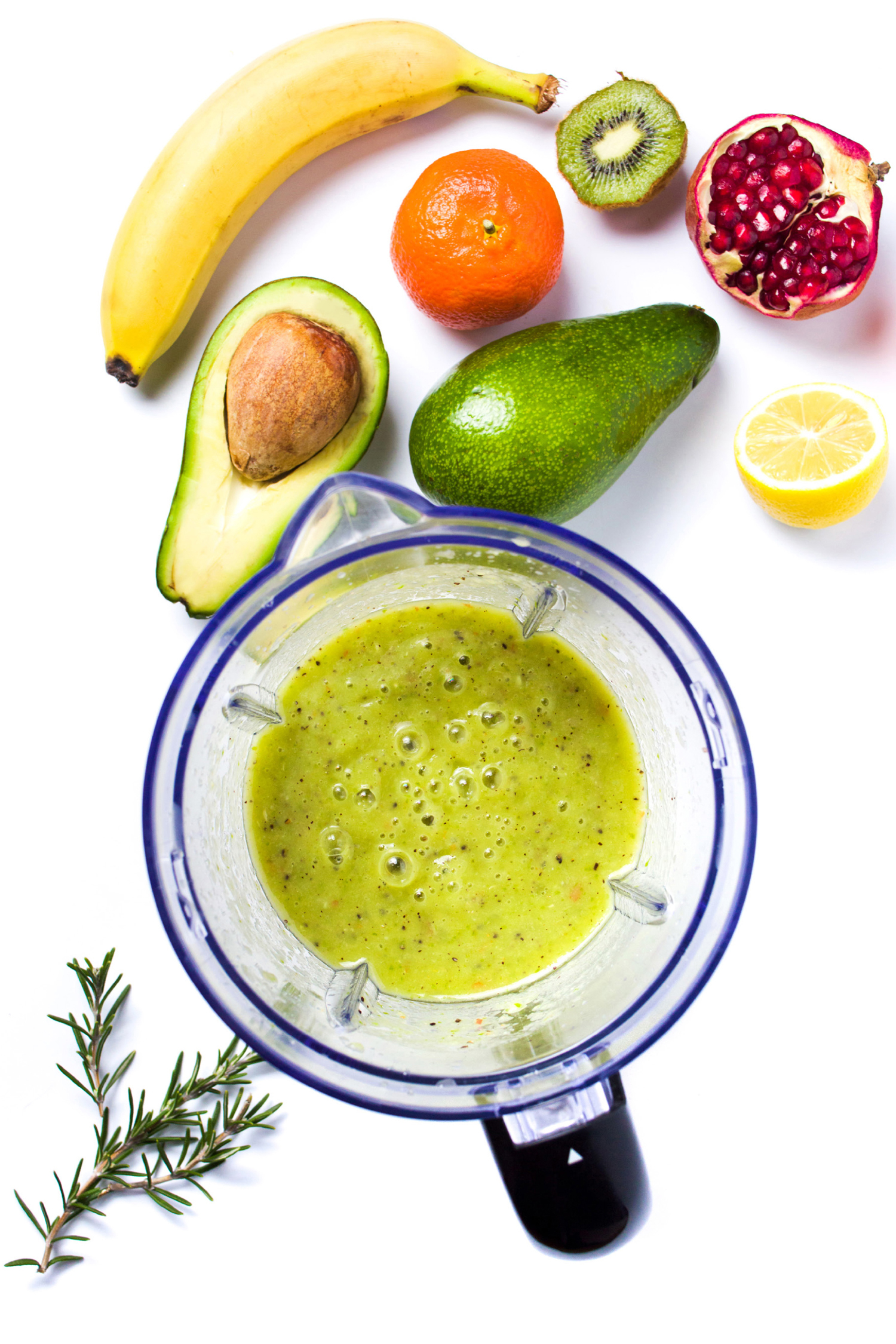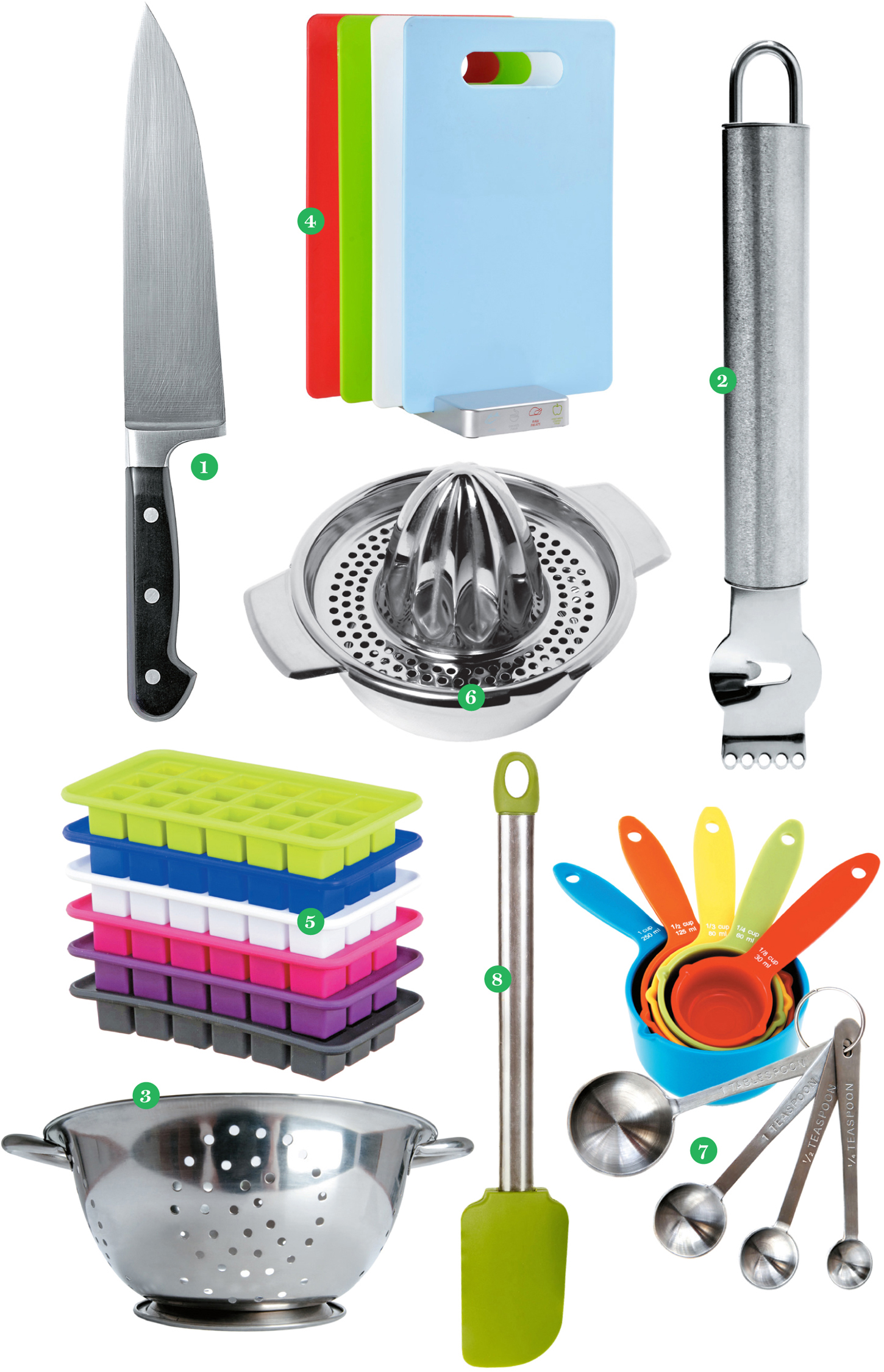Tools and Techniques
Get set to blend your healthiest, most flavorful smoothies with a few helpful kitchen tools, tips, and ingredient picks.
KITCHEN ESSENTIALSIf you already have a blender on hand, youre ready to go. If youre still in the market for one, read ahead to pick the best style for your needs. A traditional blender features a heavy metal base topped by a plastic or glass blending container. The latest models are sturdy and high-powered and have multiple settings that make it easy to achieve consistently blended smoothies.
Though you usually are advised not to clean the container in the dishwasher, it can often be washed quickly by filling it with water, adding a few drops of dish detergent, and giving it a spin on the base. Try to wash it soon after blending to avoid a caked-on mess! If you want to be able to prep your smoothies in advance, its nice to have a personal blender. This style of appliance has a cup that attaches directly to the base. You can use the cup to prepare your ingredients the night before, so all you need to do is roll out of bed, blend, and go! Some blenders are sold with both a traditional container and a to-go cup, which provides great versatility. While a blender is all you need to combine your ingredients, some additional accessories will help you prep. 1.
CHEFS KNIFE: This is crucial for smoothie prep, from cutting melons in half and chopping nuts to dicing carrots. 2. CITRUS ZESTER: This type of grater removes only the colorful outer peel from citrus fruits. It can also be used to grate chocolate. 3. 4. 4.
CUTTING BOARDS (AT LEAST TWO): Avoid damaging your countertops and cross-contaminating ingredients by always prepping produce on a cutting board. We like polypropylene plastic boards because they are sturdy, wont dull knives, and resist odors and stains. Plus, you can pop them in the dishwasher to sterilize them. Easy! 5. ICE CUBE TRAY: Many of our recipes call for ice cubes, so make sure you always keep a full tray in the freezer. 6.
JUICER: A handheld juicer is essential for juicing fresh lemons, limes, oranges, and grapefruits. You can also use a press-style juicer or a twist-style one. 7. MEASURING CUPS AND SPOONS: These are indispensable for measuring out the right amount of an ingredient. Winging it could result in a smoothie with too much or too little liquid. 8.
SILICONE SPATULA: Its smart to have a few different sizes of these flexible kitchen tools for scraping down the sides of your blender. Plus, a small, narrow one is ideal for getting the last bit of almond butter out of the jar.
INGREDIENTS 101 PRODUCE Fresh, seasonal picks are always going to be the most flavorful produce in smoothies and other recipes. If you can shop for fruits and vegetables locally, thats the best choice for the environment and your local economy. But youll see that we also recommend using frozen fruits and vegetables in many of our recipes because the produce is picked at the peak of ripeness and flash-frozen to lock in nutrients.
ORGANIC VS. ORGANIC VS.
CONVENTIONALWe definitely support organic farming, and its great to choose organic when it fits your budget. But so many of us just arent getting enough fruits and vegetables of any kind. In fact, a Centers for Disease Control and Prevention study found that just 1 in 10 Americans gets the recommended 1 to 2 cups of fruit and the 2 to 3 cups of vegetables per day that are needed for long-term health. We say, just eat themorganic or conventional! And the healthy smoothies in these pages can help you reach those daily goals easily and deliciously.WASH IT WELLWhether the fresh produce you buy is organic and locally sourced or conventional and hauled hundreds of miles, one thing is certainit should all be washed before eating. Whats the best way? Place the produce in a colander and give it a rinse under cold running water just before using. You may want to opt for a package of triple-washed spinach or other greens for your smoothies, which dont need to be rewashed before blendingtheyre ready to eat.

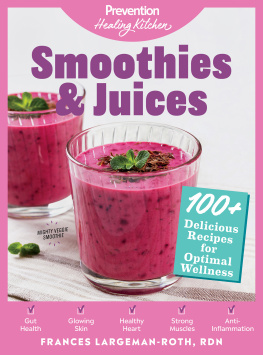

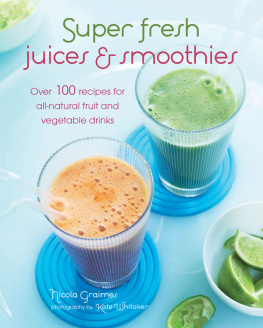
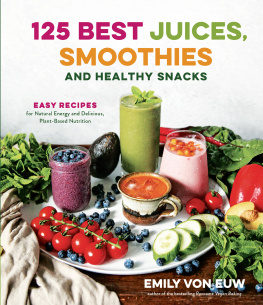

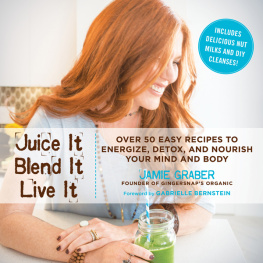
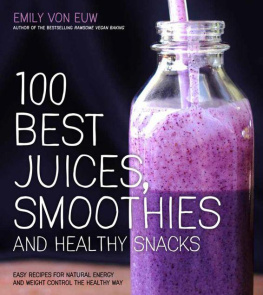


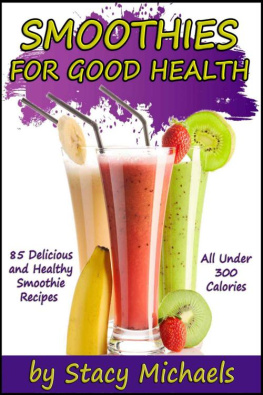
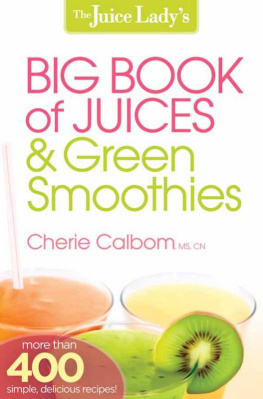
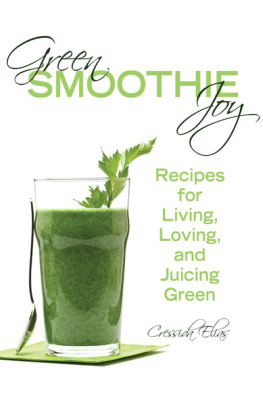
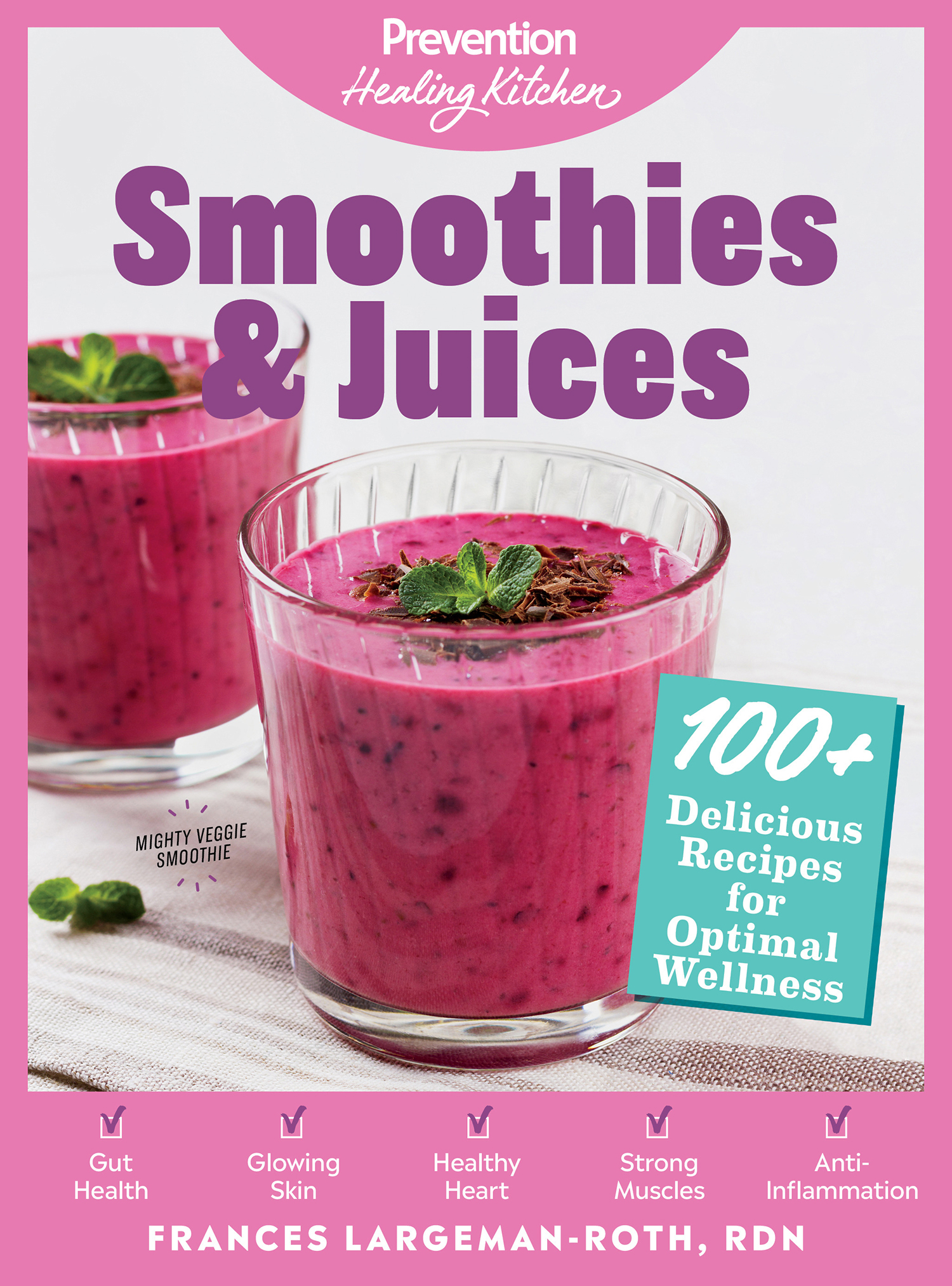
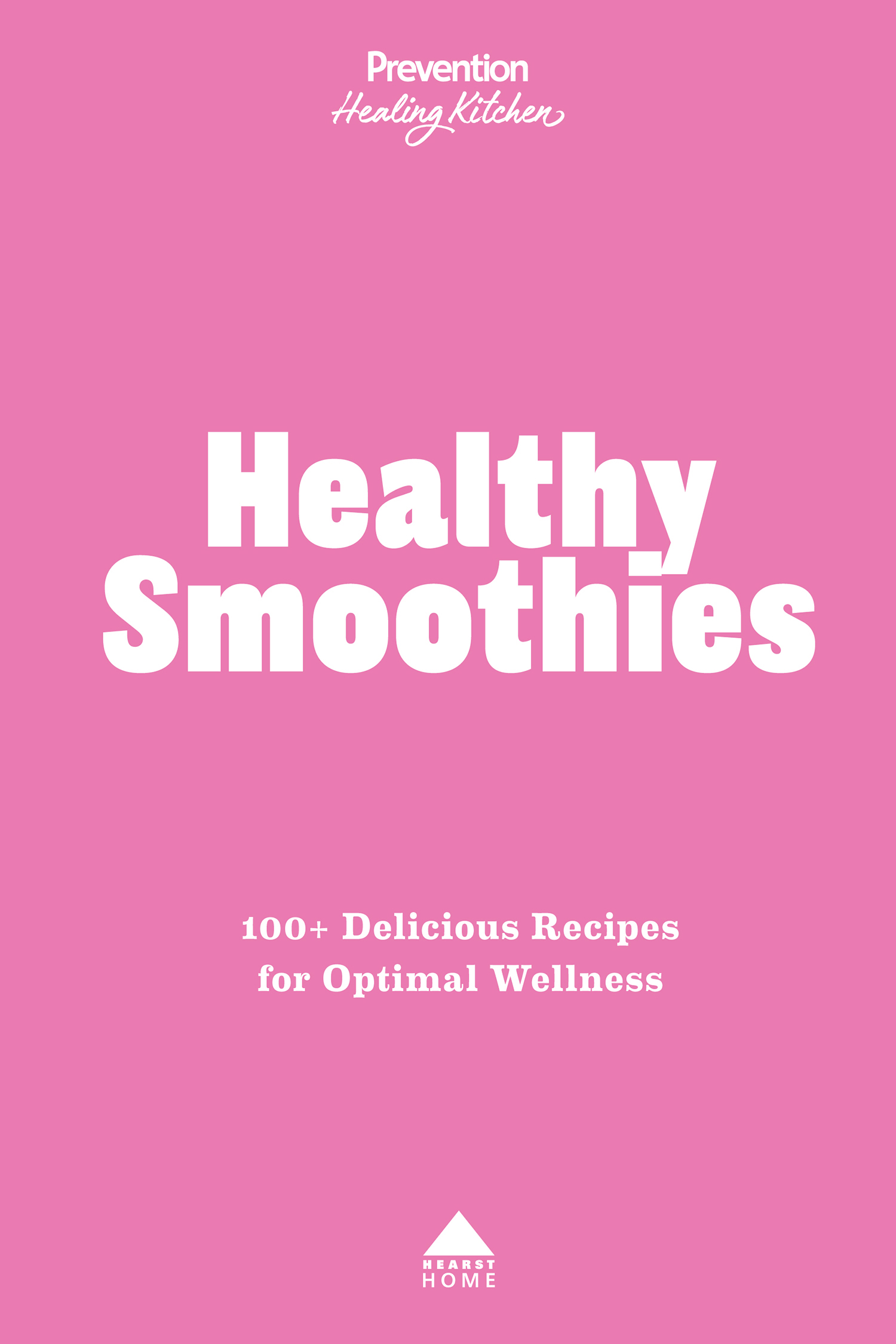
 Copyright 2020 by Hearst Magazine Media, Inc. All rights reserved. The recipes and written instructions in this volume are intended for the personal use of the reader and may be reproduced for that purpose only. Any other use, especially commercial use, is forbidden under law without the written permission of the copyright holder. The information in this book is not meant to take the place of the advice of your doctor. Before embarking on a weight loss program, you are advised to seek your doctors counsel to make sure that the weight loss plan you choose is right for your particular needs.
Copyright 2020 by Hearst Magazine Media, Inc. All rights reserved. The recipes and written instructions in this volume are intended for the personal use of the reader and may be reproduced for that purpose only. Any other use, especially commercial use, is forbidden under law without the written permission of the copyright holder. The information in this book is not meant to take the place of the advice of your doctor. Before embarking on a weight loss program, you are advised to seek your doctors counsel to make sure that the weight loss plan you choose is right for your particular needs. 
